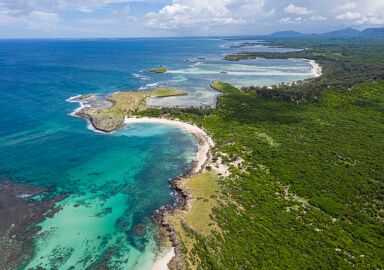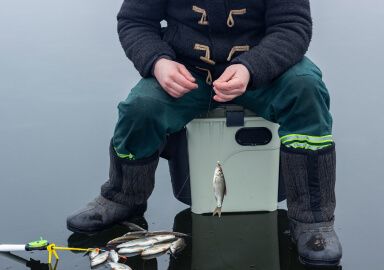Dogfish
Dogfish are small, bottom-dwelling sharks found in many of the cooler marine areas of the world.
View 4 listings
4
listings
–
price starting from
4
countries
–
to the nearest trip
Where and When?
Spiny dogfish favour cooler marine waters and the Pacific species is found round the northern Pacific ocean from Korea through Alaska to Baja California. The other species inhabits the north-eastern seaboard of the USA past Greenland, Norway and as far south as the Mediterranean Sea. It is also found off South America, South Africa, south Australia and New Zealand.
Dogfish are generally a bottom loving species. They got their name because they often hunt in packs, like dogs. The packs used to contain thousands of individuals, but abundance in many areas is now greatly reduced. They can survive for short periods in brackish waters, are often common in coastal areas but are most common at depths of 50-149 m. (160-490 ft.) but have been recorded at 700 m. (2 500 ft.) depth.
Spiny dogfish are migratory and the best time of year is different in different localities. In Chesapeake Bay, for example, they arrive in late fall and stay till early spring. Winter, or the cooler months, are usually the best time to catch them, and local knowledge is essential. Dogfish can be caught throughout the day or night but seem to come closer inshore at night and so evenings and mornings are best.
About Dogfish
The term “dogfish'' is used loosely for a wide variety of fish throughout the world, but in most cases recreational fishers refer to marine spiny dogfishes. Old sources describe one species, Squalus acanthias, but recently the Pacific Ocean dogfish were separated into a new species, Squalus suckleyi. Both species are similar, with important commercial and limited recreational fishing activity.
Dogfish have a typical shark-like appearance, but are longer and thinner than most sharks. They have large eyes, a pointed snout and a mouth below the head with many small but strong teeth. The color is slate-grey or grey-brown above, with some white spots, and lighter below. They feed on a wide variety of foods including fish, squid and benthic invertebrates.
Both species of spiny dogfish grow to about 1.5-1.6 m. (4.9-5.2 ft.) and 9-10 kg. (20-22 lbs.). They mature after about two decades but can live for over 75 years. At 18-24 months, their gestation period is among the longest anywhere and several live pups are produced. They can migrate amazing distances and one, tagged off Washington State, was recovered off Japan, a distance of 8 000 km. (5 000 miles).
How to Catch?
Beach, cliff or pier fishing can work well in suitable areas, otherwise a small boat gives access to inshore fish and a commercial charter or larger boat to offshore stocks. All can be fun and productive in the correct place with the right tackle and bait at the right time. The best tackle is light to medium spinning equipment from the beach and heavy tackle (“boat rods”) for deeper waters where other, larger, species may take the bait.
From the shore, natural baits work well and imitating the locally abundant foods is usually best. Whole dead fish, fillets or squid can work well, and these also can be productive from boats, dropping them to within a meter or two of the bottom. In some areas jigging from boats can work but most fish are usually caught on natural baits of some kind.
Spiny dogfish can give a good strong, exciting fight during beach fishing while boat fishing, especially in deeper waters, is more a case of “pumping” the fish to the surface. Although it is a shark, spiny dogfish are a favored food in many areas and the capture of a good one can provide an excellent and special meal for the family.







